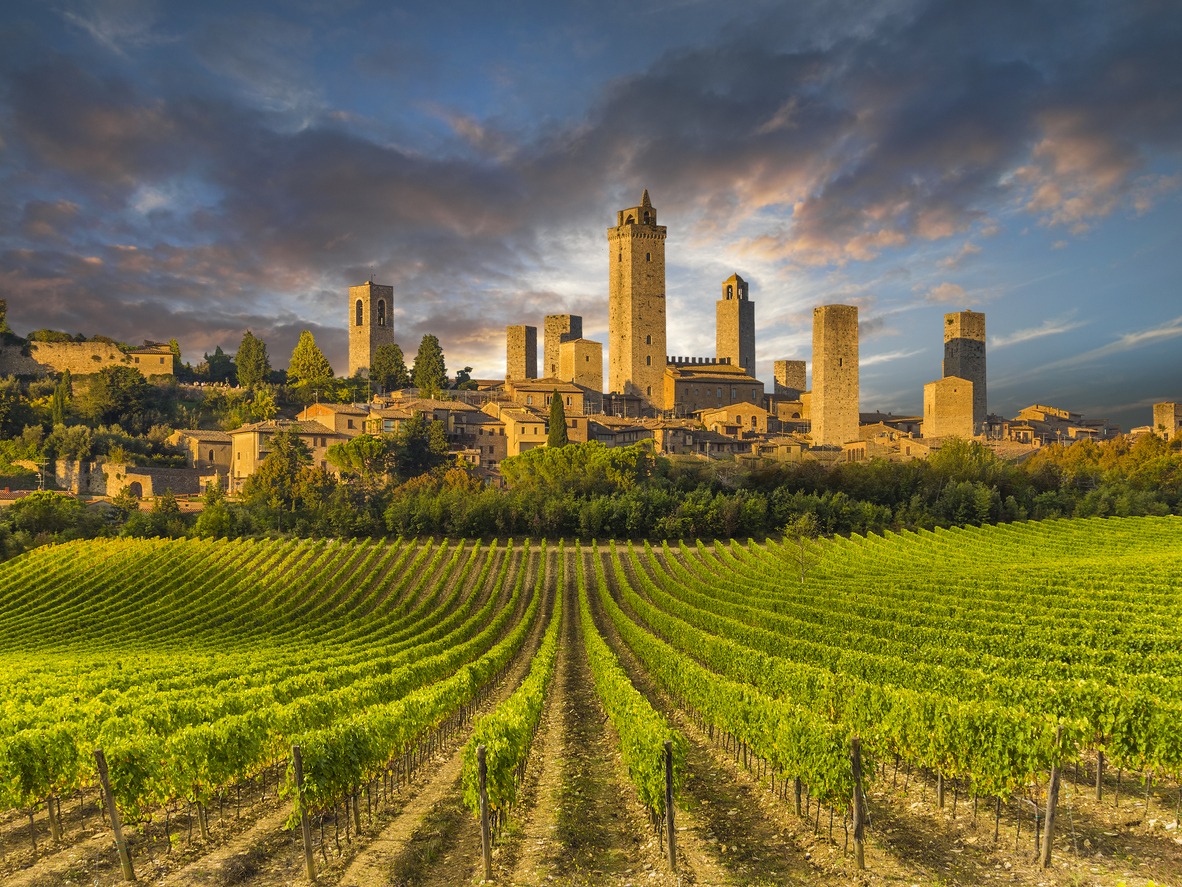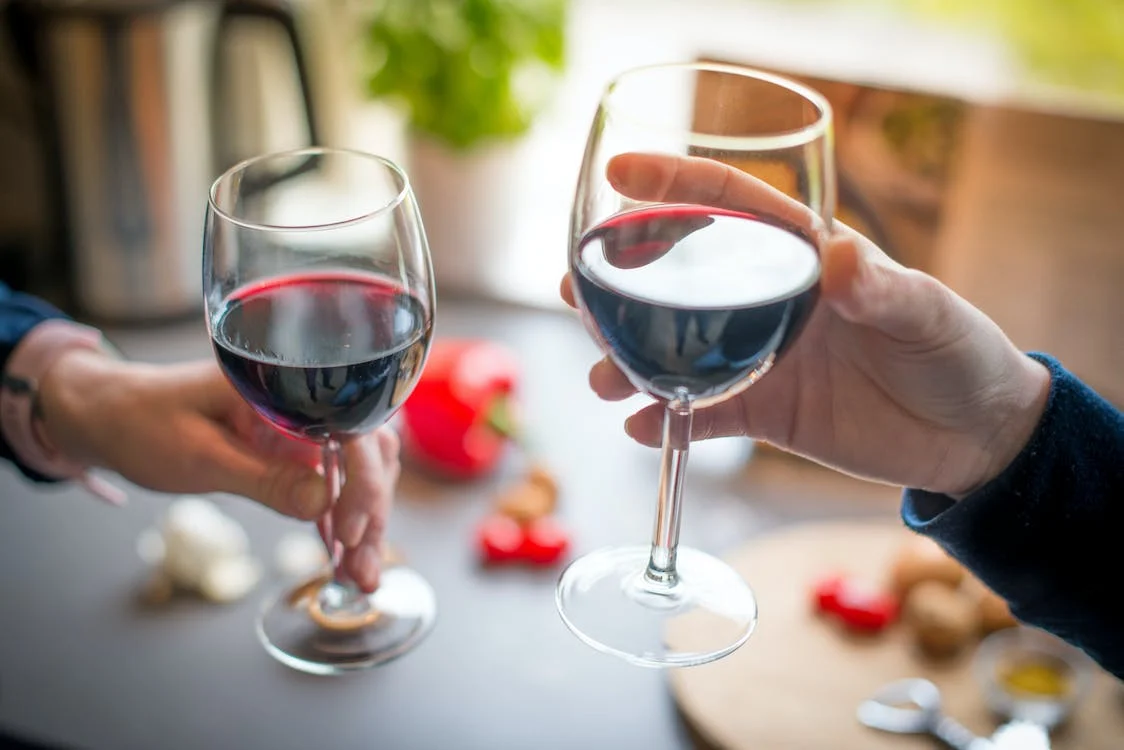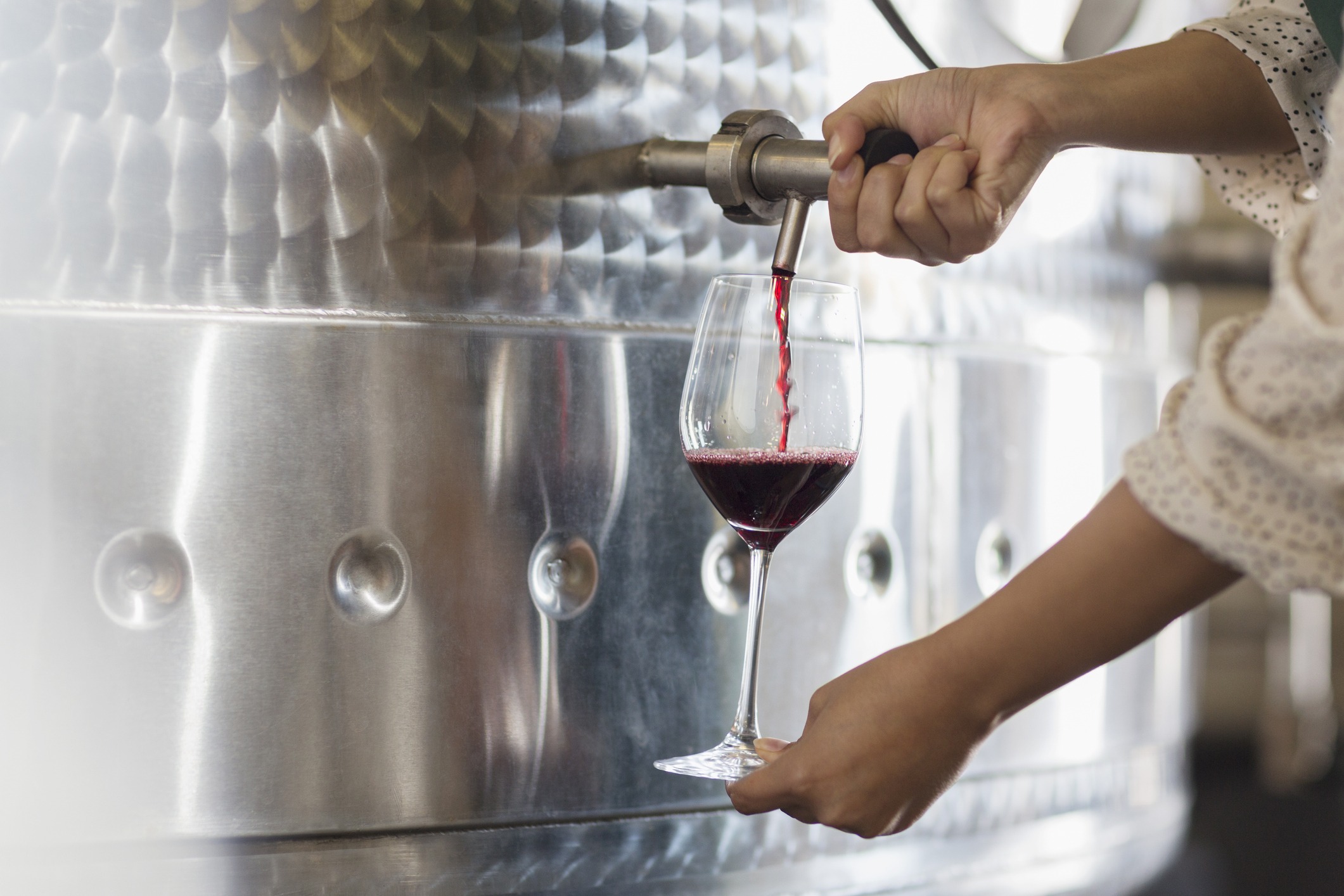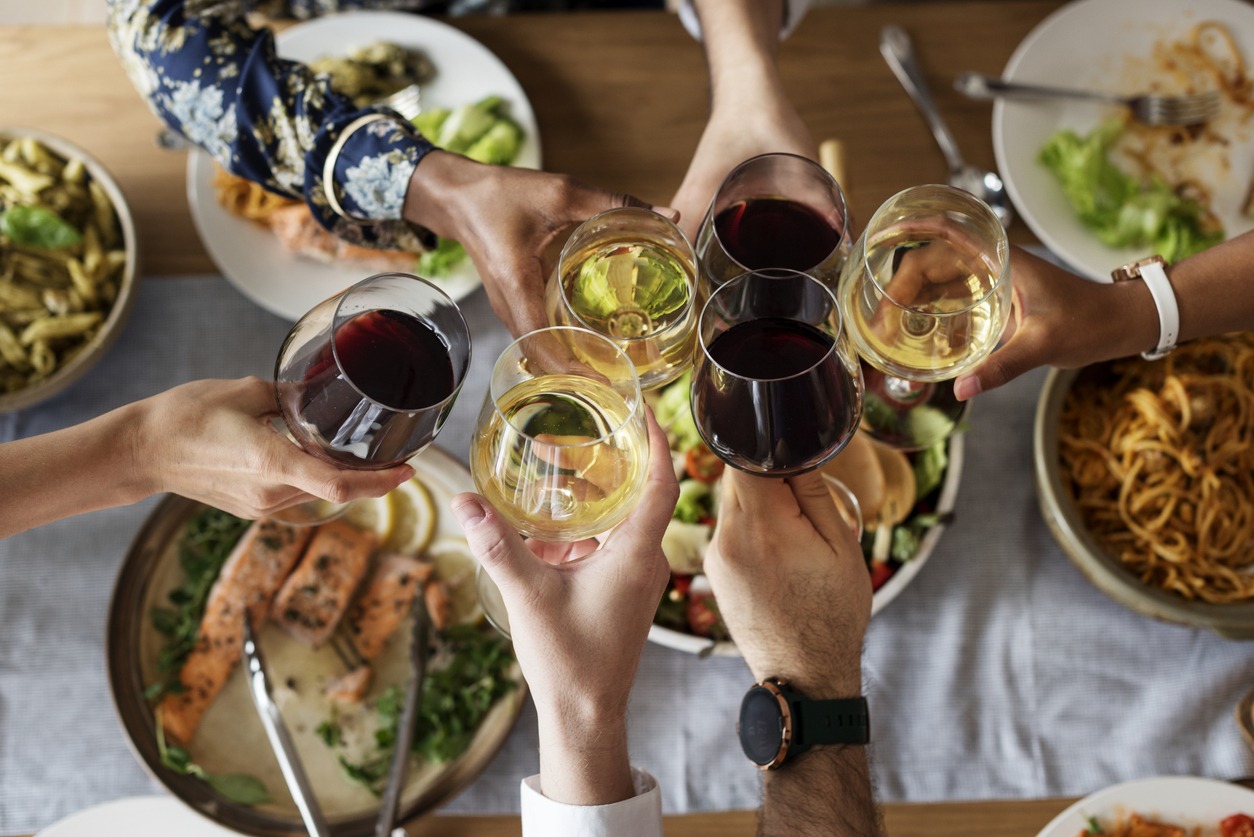Barolo and Chianti are esteemed names that resonate with wine lovers around the globe. These Italian wines are renowned for their unique characteristics and the distinct regions from which they hail. Barolo, often referred to as the “King of Wines,” is crafted in the Piedmont region and is notable for its rich complexity and aging potential. Made predominantly from the Nebbiolo grape, it presents a robust profile with dark fruit, leather, and licorice notes that evolve over time.
On the other hand, Chianti, hailing from the heart of Tuscany and predominantly made from the Sangiovese grape, offers a lighter and more fruit-forward experience. With an approachable profile featuring cherry, violet, and spice, Chianti embodies the rustic charm of its region. The difference in flavor profiles between Barolo and Chianti is a testament to the diversity within Italian wines, illustrating how variations in local winemaking traditions and terroir can yield distinctly different but equally cherished wines.
Origin and History
Italian red wines Barolo and Chianti are steeped in history, with distinct origins that trace back to specific regions in Italy and adherence to strict winemaking protocols that shaped their legacy.
Heritage of Italian Reds
Italy is renowned for its diverse and historical wine regions. Within this context, two red wines, Barolo and Chianti, have emerged with unique heritage and importance. Piedmont and Tuscany, the homes of Barolo and Chianti respectively, are lauded not only for their picturesque landscapes but also for their contribution to winemaking history.
Barolo DOCG
- Region: Piedmont, Northern Italy
- Grape: Nebbiolo
- Designation: DOCG since 1980
The Barolo DOCG is the prestigious classification reserved for high-quality wines produced within the Barolo region, which strictly uses Nebbiolo grapes. An intricate history surrounds Barolo, with documentation suggesting the presence of Nebbiolo in Piedmont since the 1st century AD, with more explicit mentions dating back to 1268. The development of Barolo as known today, however, is attributed to the 19th century and figures such as Camillo Benso, Count of Cavour, who played a pivotal role in its evolution.
Chianti Classico
- Region: Tuscany, Central Italy
- Main Grape: Sangiovese
- Mix: Canaiolo, Colorino and other varieties
- Designation: DOCG since 1984
The heartland of Chianti Classico lies between the cities of Florence and Siena in Tuscany. This zone produces wines that must adhere to stringent DOCG regulations, including primarily the use of Sangiovese grapes. The establishment of the Chianti wine region can be traced back to the 13th century, boasting a rich history that pre-dates the formation of the Italian state. The original Chianti recipe, often called the “Chianti formula,” included not just red but also white grape varieties, which over time evolved to emphasize red grape dominance, reflecting changes in taste and regulations.
Grape Varieties and Viticulture
The key difference between Barolo and Chianti wines is rooted in the grape varieties from which they are produced and the distinctive viticultural practices involved in growing these grapes.
Nebbiolo in Barolo

Nebbiolo is the exclusive grape used in the production of Barolo wines, cultivated in the Piedmont region of Italy. The vineyards producing Nebbiolo occupy hillside locations, taking advantage of the unique microclimates to ripen the grape sufficiently. This grape is recognized for its thin skin, high acidity, and robust tannins, all elemental to the structure and longevity of Barolo.
- Viticulture Practices:
- Hillside vineyards with calcareous marl soil
- Use of guyot training system to optimize sun exposure
- Selective harvesting to ensure peak maturity
Sangiovese Dominance in Chianti

Chianti wines are predominantly produced from the Sangiovese grape, which thrives in the Tuscan region. The regulation allows for Chianti wines to be made predominantly from Sangiovese but can include other grapes like Canaiolo and Colorino to augment the blend. Sangiovese’s resilience and adaptability to different terroirs contribute to the diversity in Chianti wine profiles.
- Vineyards and Blending:
- Vineyards are spread throughout Tuscany with a variety of soil types
- Sangiovese typically comprises 70-100% of the blend
- Other grape varieties such as Canaiolo and Colorino are incorporated to complement Sangiovese’s characteristics
Wine Production Methods
This section emphasizes the distinctive approaches Barolo and Chianti vintners employ in wine production, focusing on their adherence to traditional practices or modern adaptations, and the mandated aging processes that define their unique character.
Traditional and Modern Techniques
Barolo production has seen a divide between traditional and modern techniques. Traditionalists use large Slavonian oak barrels, insisting that this method imparts minimal oak flavor, allowing the inherent qualities of the Nebbiolo grape to shine through after an extended aging period. Modernists, however, might opt for smaller French oak barriques, which can impart a quicker, more pronounced oak influence on the wine, accelerating the aging process. Both methods must comply with the DOCG (Denominazione di Origine Controllata e Garantita) regulations, ensuring high standards of quality.
Chianti wines, traditionally made predominantly from the Sangiovese grape, may also utilize a combination of modern and traditional methodologies. The Chianti wine region also holds DOCG status, particularly the Chianti Classico zone, requiring strict adherence to production rules such as grape varieties, yield limits, and winemaking practices to retain the character of the region.
The Role of Aging
Wines from both Barolo and Chianti regions are subject to specific aging requirements before release. Barolomust be aged for a minimum of 38 months after the harvest, with at least 18 months in wooden barrels. A Barolo Riserva requires aging for 62 months. The aging process is crucial for taming the robust tannins of the Nebbiolo grape and developing the complex flavors for which Barolo is celebrated.
In contrast, Chianti wines have a shorter required aging period. A standard Chianti must be aged for a minimum of 7 months, with Chianti Riserva needing 2 years. This aging often takes place in various types of wooden vessels, with a preference for oak barrels, which imbue the wine with added complexity and structure. These periods of oak aging contribute to the wine’s flavor profile and potential for cellar aging.
Tasting Notes
In exploring Italian red wines, specifically the renowned Barolo and Chianti, one must consider the distinct sensory profiles each offers. The following subsections provide detailed tasting notes on these wines, touching upon color, flavor, tannins, acidity, and overall character.
Profile of Barolo
Color: Typically, Barolo exhibits a deep garnet color that can develop orange hues as it ages.
Flavor Profile:
- Fruity: Dark fruits, often cherry and plum.
- Earthy: Truffle, tobacco, and tar.
- Herbal/Floral: Hints of rose and violets.
Acidity & Tannins: Barolo is known for its high acidity and tannic structure. The tannins are robust, contributing to its complexity and aging potential.
Profile of Chianti
Color: Chianti often shows a ruby color that can transition to a more brick-like hue with age.
Flavor Profile:
- Fruity: Bright cherry and red berries predominate.
- Earthy: Notes of dried herbs, and sometimes leather or spice.
Acidity & Tannins: Chianti typically features medium to high acidity and medium tannins, balancing its fruit-forward nature with an earthy complexity.
Pairings and Serving
In the world of Italian reds, Barolo and Chianti both offer distinctive pairing potential, elevating classic Italian dishes and supporting an array of robust ingredients.
Culinary Complement to Barolo
Barolo, often known for its structured tannins and complex flavors, pairs exceptionally well with rich, savory dishes. This wine flourishes alongside bold meats like braised beef, which harmonizes with its robust nature. Traditional Piedmontese cuisine, such as dishes laced with truffles, also makes an excellent partner to Barolo. Key to unlocking the wine’s bouquet, decanting Barolo before serving allows its nuances to shine. Here is an ideal pairing scenario for Barolo:
- Pasta: Think robust ragùs that can stand up to the strength of Barolo.
- Meat: Grilled meats and stews complement the tannic structure.
For proper serving, experts recommend a decanted Barolo to be served at a temperature between 60-68°F (15-20°C).
Chianti’s Versatility with Food
Chianti’s acidity and cherry notes make it incredibly versatile with Italian cuisine. As a wine that meshes well with both meats and pasta, Chianti is a staple at the Italian table. It finds its natural partners in tomato-based pasta dishes and can cut through the richness of Italian cheeses. Chianti serves well alongside Italian classicslike pizza and lasagna. For best enjoyment, serving Chianti slightly cooler than room temperature, between 55-60°F (13-15°C), emphasizes its lively character. Favorites with Chianti could be:
- Pasta: Tomato-based sauces align with Chianti’s acidity.
- Italian Staples: Perfect with pizza, lasagna, and other Italian favorites.
It is typically not necessary to decant Chianti, making it a more accessible choice for spontaneous dining.
Collecting and Investment
Investors and collectors recognize Barolo and Chianti as wines with excellent potential for aging and value appreciation. Investment in these wines often aligns with the selection of superior vintages and an understanding of market demand.
Age-worthy Wines of Barolo
Barolo wines are notable for their longevity and potential to improve with time, making them prime candidates for investment. Collectors often seek out top vintages such as 2010, 2012, and 2015, which are renowned for their balance and depth. As time progresses, the complex flavors of Barolo evolve, potentially increasing the wine’s value.
- Best Investment Barolo Vintages:
- 2010: Balanced and structured
- 2012: Accessible upon release yet age-worthy
- 2015: Intense and robust
Prices for these vintages can vary significantly, but their investment potential hinges on the scarcity and reputation they garner over time.
Chianti for the Connoisseur
Chianti, while often enjoyed young, also offers selections that benefit from aging. The investment interest in Chianti may not be as pronounced as in Barolo, but certain years and producers still stand out. Collectors that focus on Chianti seek wines that display the elegant subtleties of Sangiovese grapes at their peak.
- Noteworthy Chianti Vintages for Aging:
- 2012: Refined and well-structured with potential for medium-term cellaring
- 2015: Robust with a balance of acidity and tannins
While Chianti may command lower prices on average compared to Barolo, astute collectors can still procure Chianti wines that will appreciate in value, especially when from reputable producers and outstanding years.
Final Thoughts
Barolo and Chianti represent two of Italy’s most celebrated wines, each offering a unique testament to the country’s rich viticultural heritage. While Barolo, often hailed as the “King of Wines,” showcases the power and depth that Nebbiolo grapes can achieve in the rolling hills of Piedmont, Chianti brings to the table the versatility and heart of Tuscany through its primarily Sangiovese-based blends. The differences between these two wines extend beyond their grape varieties to encompass their terroir, winemaking traditions, aging requirements, and flavor profiles, reflecting the diversity and complexity of Italian winemaking. Barolo, with its robust structure and potential for aging, offers a bold experience, rich with tannins and complex flavors that evolve over time. In contrast, Chianti, available in a range from young and fruity to more structured and aged expressions, provides a more approachable but equally rewarding exploration of Tuscany’s winemaking prowess.
Understanding the distinct characteristics of Barolo and Chianti not only enriches the wine tasting experience but also illuminates the broader narrative of Italian wine. Whether you’re drawn to the robust intensity of Barolo or the versatile charm of Chianti, both wines offer a gateway to the heart of Italian culture and the landscapes that have shaped these iconic styles. As you explore the world of Italian wines, remember that each bottle tells a story of its origin, crafted with centuries of knowledge and a deep connection to the land. Embracing the differences between Barolo and Chianti is not just about tasting wine; it’s about experiencing the soul of Italy, one sip at a time.


